-

Counselling for LGBT People in Stockholm: 5 Reasons to Choose a Gay Therapist
When expats move to their new country, it can be an opportunity to make a new start. Sweden, with its relatively inclusive attitudes to lesbians and gay men, would seem like a natural choice for gay expats hoping to live their identity more openly. But coming out is often more of an ongoing process than…
-
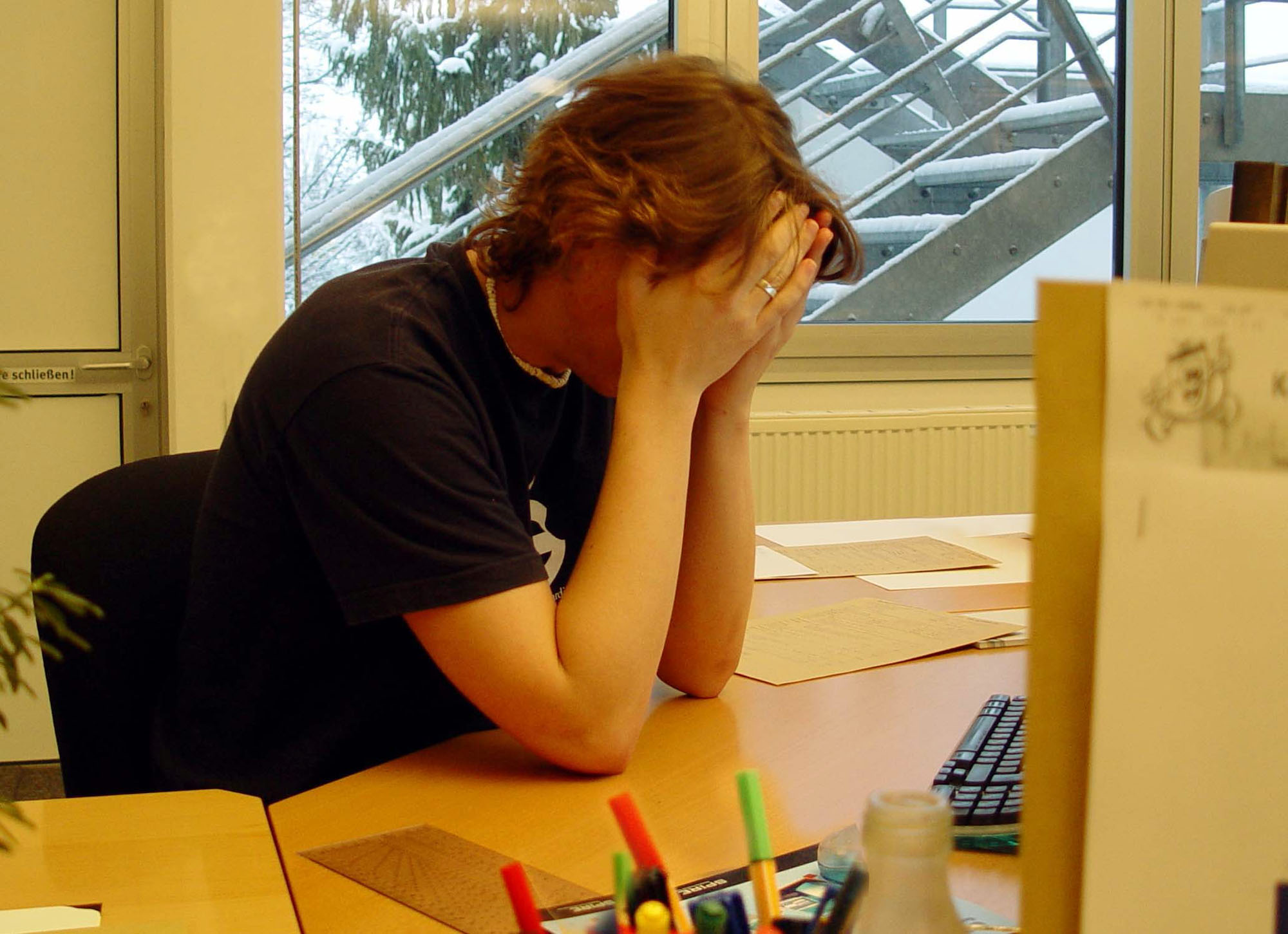
Anxiety and Regular Therapy in Stockholm: Temporary and Ongoing Solutions
International relocation to Sweden is a major life change for most people, particularly if it is the first time they have moved somewhere English is not the first language. But for a person with persistent anxiety, the stress of finding accommodation, dealing with visa issues, trying to make friends and maintain relationships can make pre-existing…
-
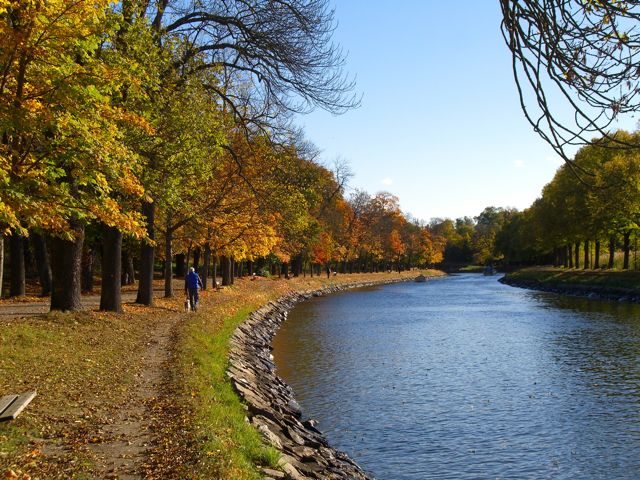
Walking Talk Therapy for Mental Health in English in Stockholm
The advantages of counselling and therapy shouldn’t just be psychological. Walking while talking is a new approach to talk therapy that benefits the body as well as the mind. As a therapist who personally enjoys exercise and the positive effects of movement, I was not surprised when I read in the Sydney Morning Herald about…
-
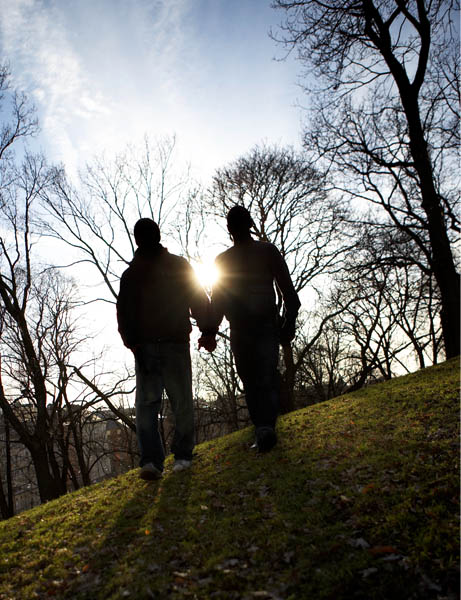
Couples Counselling and Marriage Therapy in Stockholm
Looking to Find a Relationship Therapist Who Speaks English? As an English speaking therapist in Stockholm I meet regularly with couples who are struggling with aspects of their relationship. For expats, the stress of relocation and dealing with cultural and climatic differences does put pressure on relationships. Many who consult me have decided to live…
-
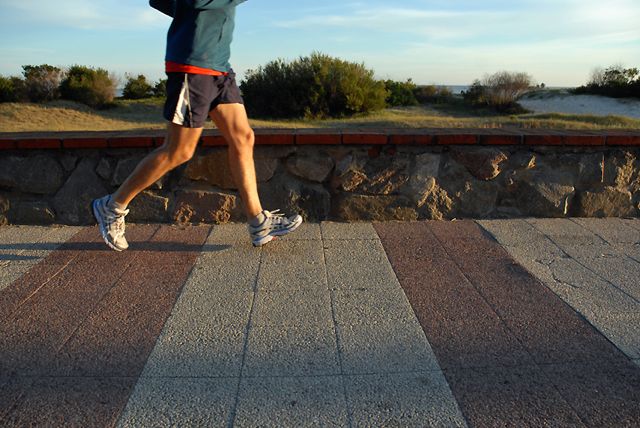
Can Depression that Started in Sweden be Treated with Exercise?
Improvement to mood is one of the most obvious effects of exercise. But can exercise actually be used as a treatment for depression? An article recently featured in the Stockholm daily newspaper Dagens Nyheter says it can. Jill Taube, a Swedish psychiatrist, has written a book about how exercise can help to cure mental illness.…
-
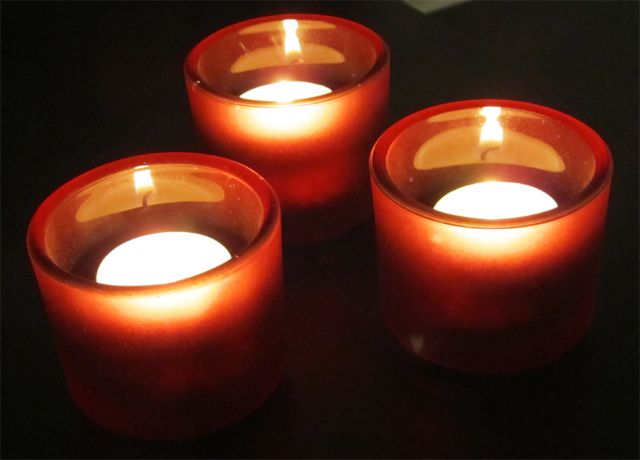
Therapy for Winter Depression or Seasonal Affective Disorder (SAD) in Stockholm
Depression? Seasonal Affective Disorder? The cold and darkness of Sweden at the end of the year is one of the hardest issues for expats. For those of us from relatively warm countries (take note Aussies and South Africans) and others who have never lived this far north, the Swedish climate can be a real shock.…
-

Mental Health in Sweden: Normal Behaviour Becoming Harder to Achieve
Is psychological disability in Sweden really stopping so many from working? (Update from June 2013: This post is actually about the pathologising of human experience: how more and more people are being labelled as ‘disordered’ or ‘deficient’ by the psychiatric profession in Sweden and the expectation that individuals fit with certain norms of behaviour. Some…
-

Adjustment to Life in Sweden and Therapy in English
For most expats, relocating to Sweden means adjusting to a different culture. Reactions associated with the stress, uncertainty and the upheaval of relocation to another culture are very common for those from English speaking countries. These reactions can include experiences of anxiety, withdrawal, low mood, depression and other mental health difficulties. In my therapeutic work…
-
3 Advantages of Counselling in English in Stockholm
Anyone trying to find an English speaking therapist in Stockholm has a story why he or she moved to Sweden. When people email or call me about my therapy services they often want help with couples counselling, family difficulties or work issues and career direction. Counsellors working with expats in Stockholm know living in…
Forward Therapy Stockholm: Counselling in English for expats and others in Stockholm, Sweden
Need support?


